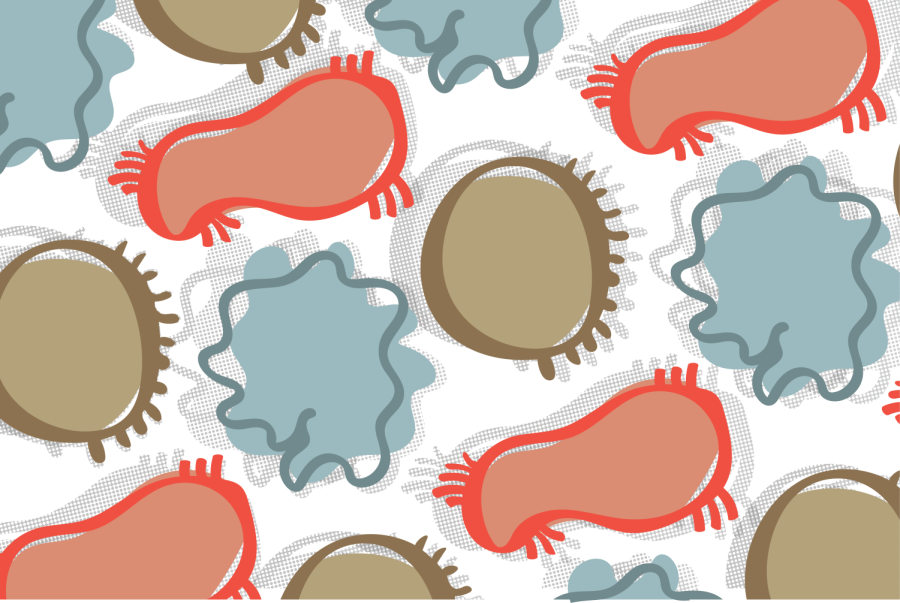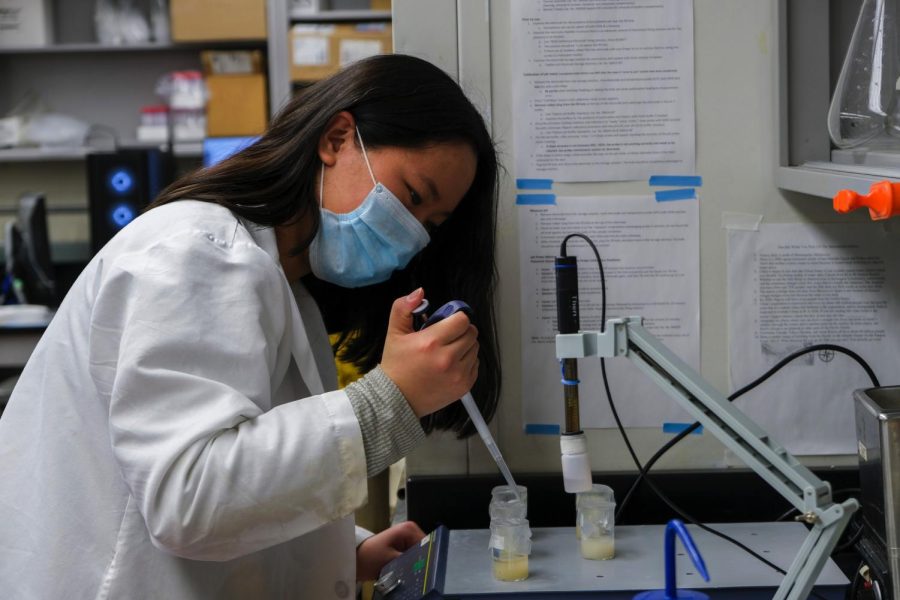The Minnesota State Fair’s cancellation has led many University of Minnesota researchers who rely on the fair for research to postpone or take to new strategies.
The Driven to Discover Research Facility, launched in 2014, typically uses the thousands of fair attendees every year to help conduct and showcase University research. The closure of the fair, announced May 22, was to prevent the spread of COVID-19. Researchers will not be charged any fees and will be able to participate in the 2021 fair.
The 10,000 Families Study
The 10,000 Families Study began in 2017 in the School of Public Health. The family-based study examined genetics, lifestyles and the environment to see how they interacted and impacted people’s health.
“It was disappointing for us this year. The State Fair has been a major part of the outreach back to the beginning of the study in 2017. It’s been our largest face-to-face event,” said Andrea Hickle, the 10,000 Families’ Study coordinator.
The 2020 State Fair would have been the study’s fourth appearance.
“[Studies are] usually just about one person, and this study is unique because it wants to study the whole family,” said Clemen Wilcox, the 10,000 Families’ engagement specialist.
There has been a population change over time in Minnesota, she said, which has led to many families from different cultural backgrounds moving here. Certain health factors may be unique to these communities, Wilcox said.
“These communities have different issues with public health. If we are going to apply the same knowledge we have that is based in a different community, that is not going to work very well, and those communities won’t benefit in the same way,” she said.
The study aims to improve the health of future generations from all communities. Researchers said they want to include Greater Minnesota as well, cataloging the differences between urban, rural and suburban communities.
To offset the fair’s cancellation and other cancellations due to COVID-19, researchers have been attempting outreach in other ways, including a new website, expanding family member eligibility to neighboring states and offering gift card incentives.
Hickle said the recent death of George Floyd has heightened the need to give back to the community and drawn more attention to violence against the Black community.
“I think just really focusing on being inclusive and giving back to all communities, especially since we’re really an observational study,” she said.
Why are consumers not buying “ugly” produce?
Not all University research has been negatively affected by the fair’s cancellation, however. For one study examining food waste and the role that produce appearance plays in it, researchers can continue to go to farmer’s markets instead of the fair to conduct research.
“The benefit of the State Fair is that you have thousands and thousands of people from all different backgrounds, and then you can get interesting data about general perceptions of aesthetics,” said Barry Kudrowitz, a University associate professor of product design.
For this study, researchers have been in contact with farmers to determine what food is being wasted on farms.
“When we get to the farm … the bigger issue is they have these piles of zucchini and piles of beans just left on the plant because the farmer doesn’t think they’re pretty enough for people to sell,” he said.
Because of the ongoing COVID-19 pandemic, now is an opportune time to raise awareness about food waste, said SunMin May Hwang, a University Ph.D. student in the College of Design’s Human Factors and Ergonomics program.
“Immediately after the first outbreak, a massive amount of fresh food that was perfectly edible, including dairy products, had to be dumped due to restaurants, hotels and school closures,” she said in an email to the Minnesota Daily.
While food waste issues have receded as the pandemic has continued, Hwang said it would have been beneficial to inform people at the fair about the problem.
How are children “moo”ving?
One University study would have compared self-reported activity and cardiorespiratory fitness in children and teens at the fair, called “Step Up and Mooove!” Despite the study holding off for another year, the research will not be affected, said Casey Hooke, a University associate professor in the School of Nursing.
“We want to encourage parents to help their children be more active,” she said.
The research began in 2017, with researchers asking children questions about their physical activity using the Patient-Reported Outcomes Measurement Information System, known as PROMIS. The system evaluates and monitors physical, mental and social health in adults and children.
Ultimately, the research uses the PROMIS measurement to see how it performs to determine whether it can be used for other research, Hooke said.
Over the years, researchers expanded their study, Hooke said. Last year, parents also answered questions for their children under 6-years-old. This year, they would have built on that using game-like tests and comparing the children’s answers to their parent’s answers.
This research aims to establish what normal activity levels look like for healthy and average children. For Hooke, she said this relates to another research interest of hers, which is using physical activity to decrease symptoms in children with cancer.
“I want them to be able to move and be involved and be active in their life, so they can keep up with their friends and their healthy peers,” she said.














